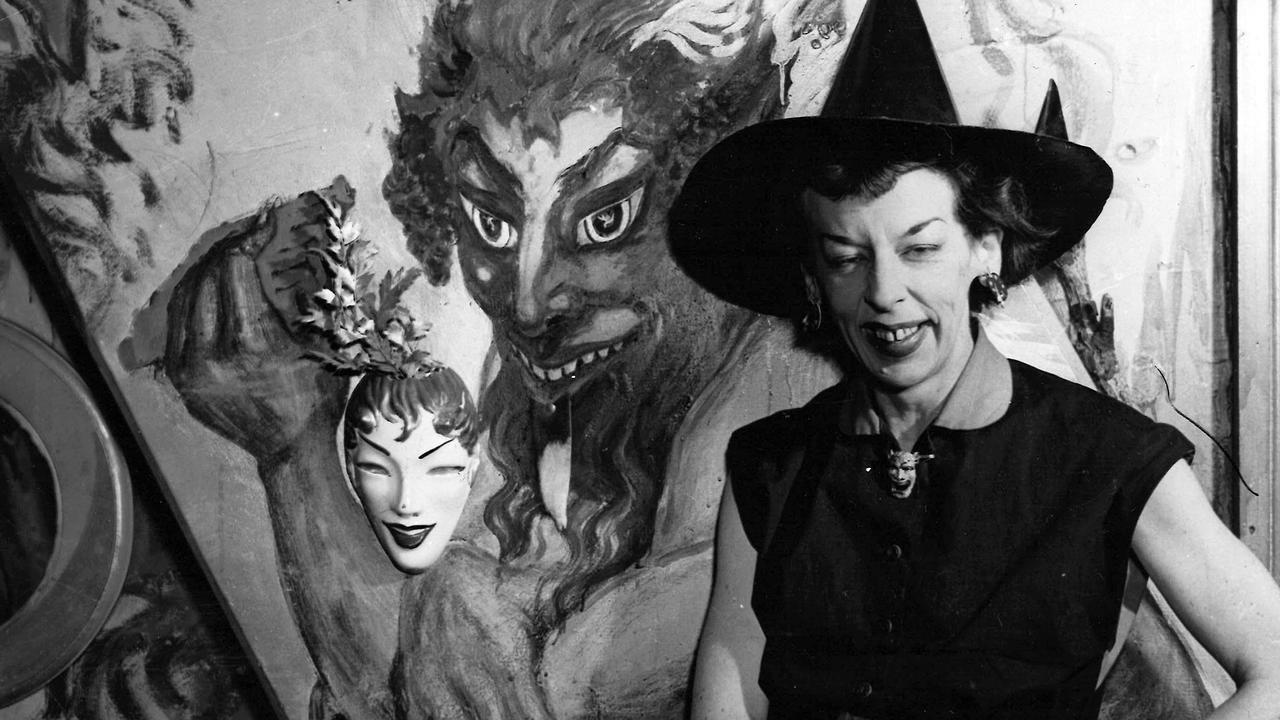Biologist David Fleay got the top secret mission to find the British PM a platypus
When the British PM wanted a pet platypus Australia sprung into action, but a German submarine ended the crazy quest.
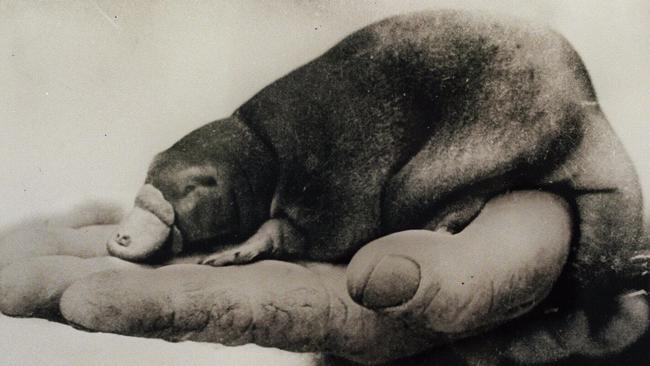
In Black and White
Don't miss out on the headlines from In Black and White. Followed categories will be added to My News.
In 1943, as war raged in Europe, Winston Churchill had one thing on his mind: how to import six platypuses to keep as pets.
So the British PM sent a telegram to Australian PM John Curtin, sparking a mission described by conservationist Gerald Durrell as “magnificently idiotic”.
The tale of the ambitious quest is told in a new episode of the free In Black and White podcast on Australia’s forgotten characters:
It’s detailed in a new book, Of Marsupials and Men, filled with rollicking tales about the history of Australia’s wildlife, by Herald Sun sports journalist and SuperCoach expert Alistair Paton.
Churchill had collected exotic animals throughout his life, including black swans, and a lion named Rota, which he kept at London Zoo.
“He had some kangaroos, and he had a budgerigar that used to sit on his shoulder at Cabinet meetings,” Paton says.
“So getting hold of a platypus wasn’t totally out of character for him, but in the middle of World War II there were other things going on that he would have been kept busy with.
“David Fleay was the naturalist in Australia who got the knock on the door from some important-looking government officials saying, ‘We’ve got this top-secret mission that we need you to undertake.’”
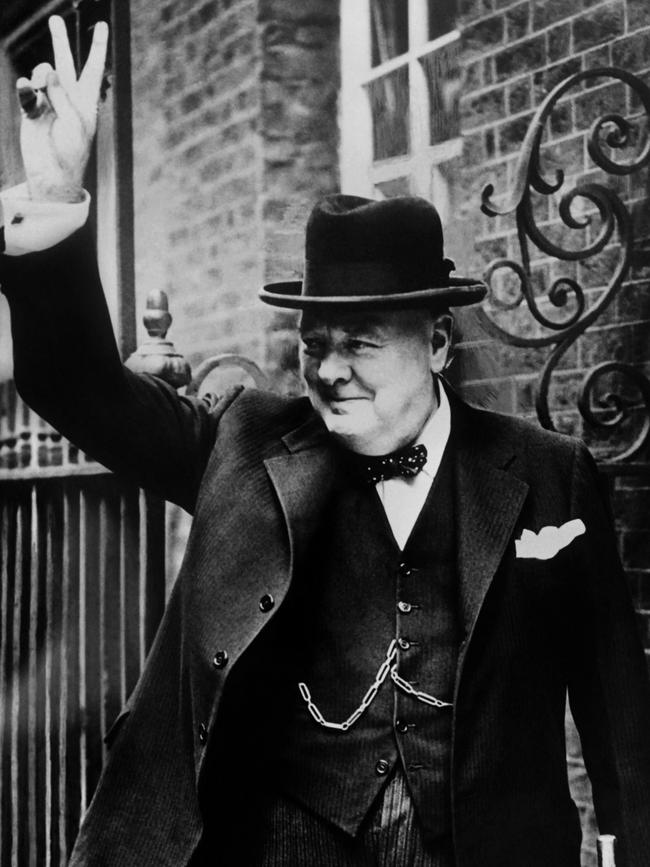
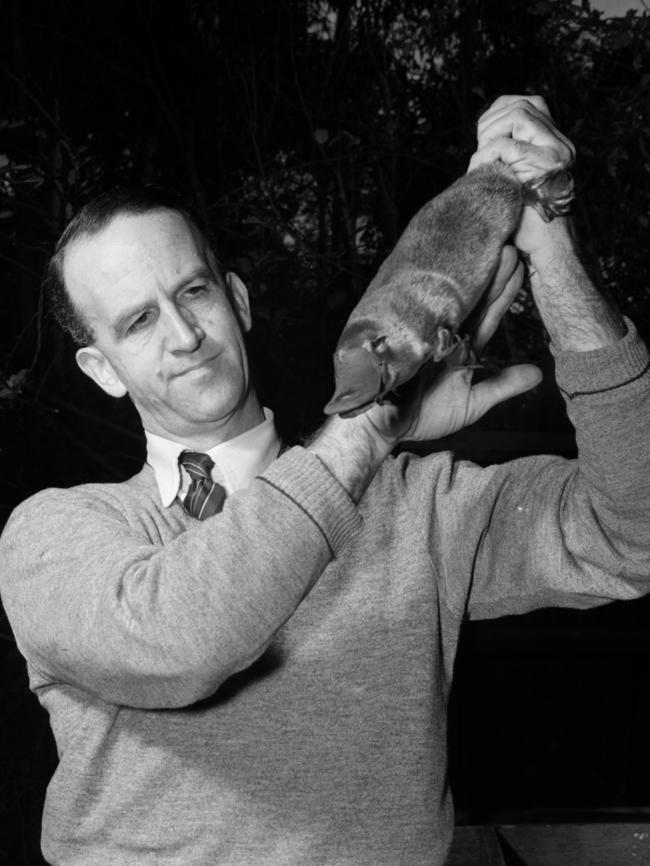
Fleay, a biologist, platypus expert and director at Healesville Sanctuary, described the request as “the shock of a lifetime”.
Only Fleay truly appreciated the implausibility of sending six platypuses on a weeks-long voyage through German U-boat-threatened waters to England.
Fleay convinced mission bigwigs that such a task was unrealistic at any time, let alone in the middle of a war.
So it was decided Churchill would have to make do with just one pet platypus.
Fleay captured a little platypus in a creek near Healesville, named him Winston, and began to fatten him up.

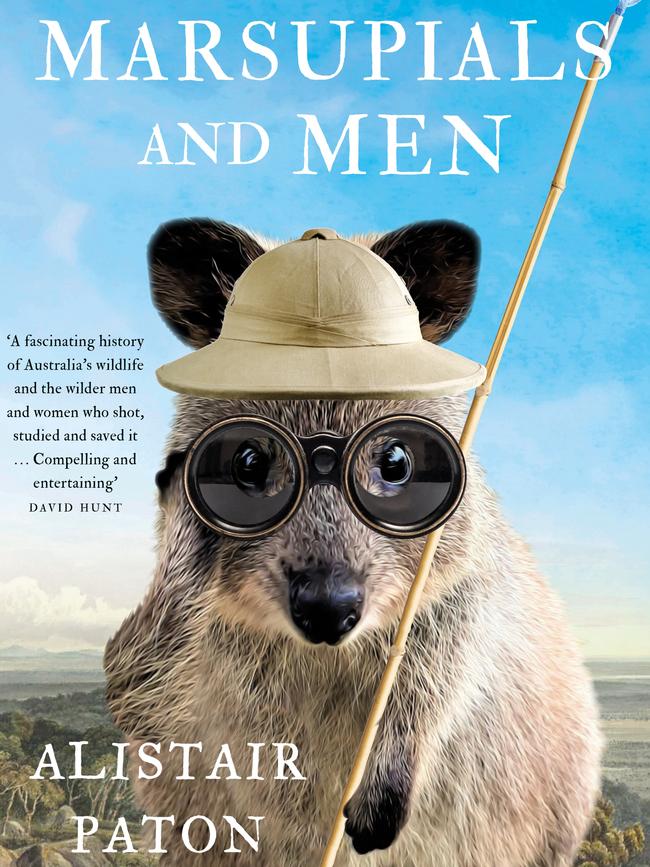
The urgency of Churchill’s desire was made plain in May, 1943, when he met Australian foreign minister Herbert “Doc” Evatt and US president Franklin Roosevelt in Washington.
Afterwards, Evatt cabled the commonwealth director-general of health: “Churchill at Washington most anxious that platypus should leave immediately. What is present situation?”
Four months later, Winston boarded the heavily armed MV Port Phillip.
“They put him on a ship with bucket loads of shrimp and yabbies, and they made this secret voyage across the ocean to try to get him to London,” Al says.
Sadly, Winston didn’t make it.
Four days out from England, the ship’s captain detonated depth charges after detecting a German submarine, and the explosion killed little Winston instantly.
“Tragically, the heavy concussion killed the platypus then and there,” Fleay wrote.
“After all, a small animal equipped with a nerve-packed, supersensitive bill, able to detect even the delicate movements of a mosquito wriggler on stream bottoms in the dark of night, cannot hope to cope with man-made enormities such as violent explosions.”
To learn more, listen to the interview with Alistair Paton in the In Black and White podcast on Apple Podcasts, Spotify or web.
See In Black & White in the Herald Sun newspaper Monday to Friday for more stories and photos from Victoria’s past.




